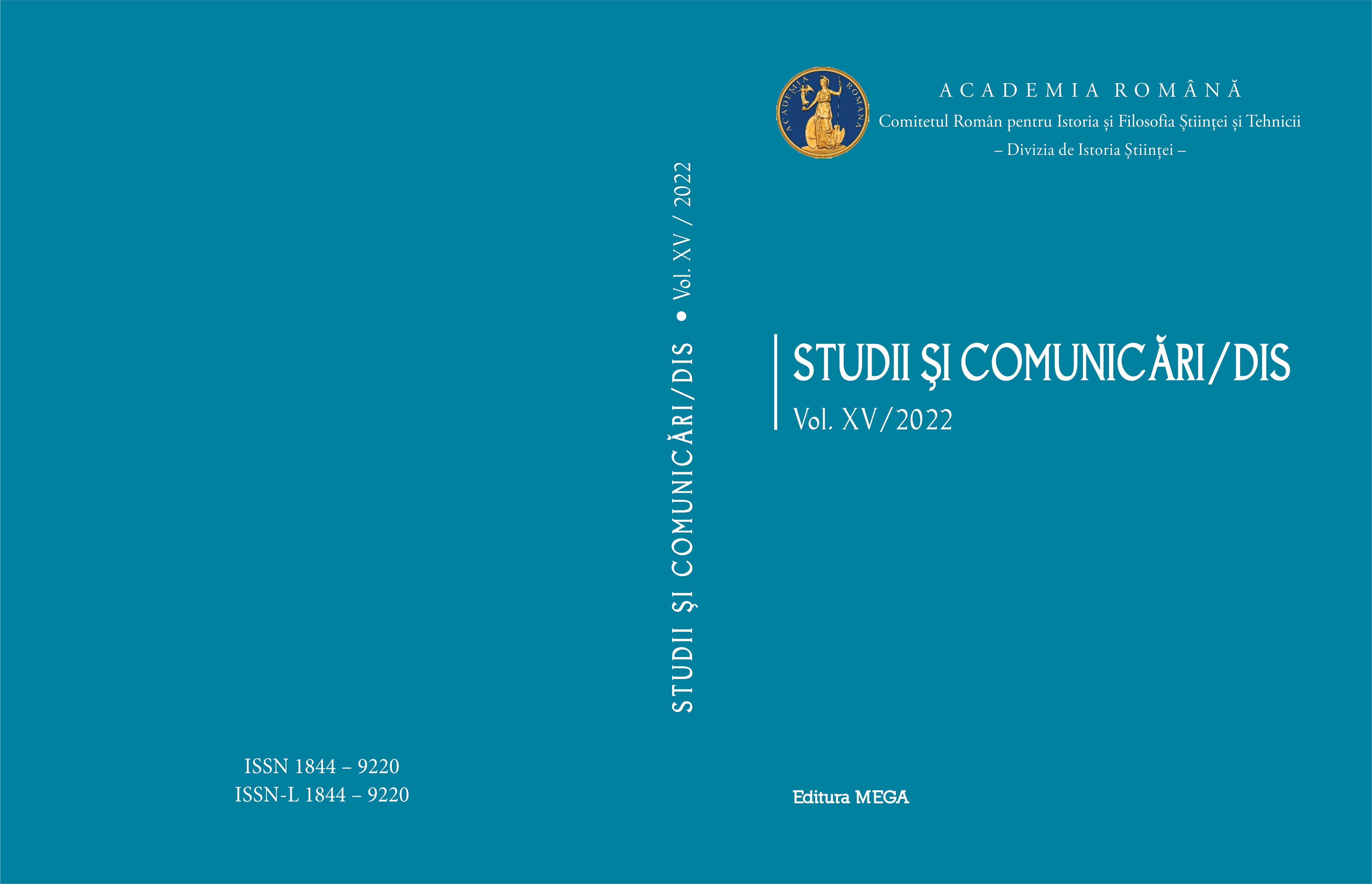Scara Richter, celebra scară de măsurare a mărimii cutremurelor. Istoric și descriere
Richter scale, the famous scale of earthquake magnitude. Its history and description
Author(s): Mirela-Adriana AnghelacheSubject(s): Pre-WW I & WW I (1900 -1919), Interwar Period (1920 - 1939), Scientific Life
Published by: Editura Mega Print SRL
Keywords: Charles F. Richter; earthquake magnitude; Richter scale; local magnitude ML; Wood-Anderson seismometer;
Summary/Abstract: The concept of earthquake magnitude refers to a non dimensional value that characterizes the size of an earthquake and was developed by Kiyoo Wadati (1902–1995) and Charles Richter (1900–1985). Based on it, Charles Richter, together with Beno Gutenberg, developed the first magnitude scale. Thus, in 1932, Richter and Gutenberg established the standard magnitude scale to measure the relative size of earthquake sources, which would be called the “Richter scale”. The Richter scale was developed for Southern California and for data recorded by a Wood-Anderson seismometer, an instrument no longer in use today. The modern equivalent is the ML local magnitude scale, which is digitally derived from modern seismometer recordings. This article refers to the 1930s, times of great emulation when scientists were studying earthquakes in order to measure and quantify their size; it is an exploration of the work of reputed seismologists and their important achievements in assessing earthquake magnitude. It also presents from a scientific point of view the main approaches to the processing of Richter magnitude and its present-day correspondent, the local magnitude.
Journal: STUDII ȘI COMUNICĂRI/DIS
- Issue Year: XV/2022
- Issue No: 15
- Page Range: 193-205
- Page Count: 13
- Language: Romanian

